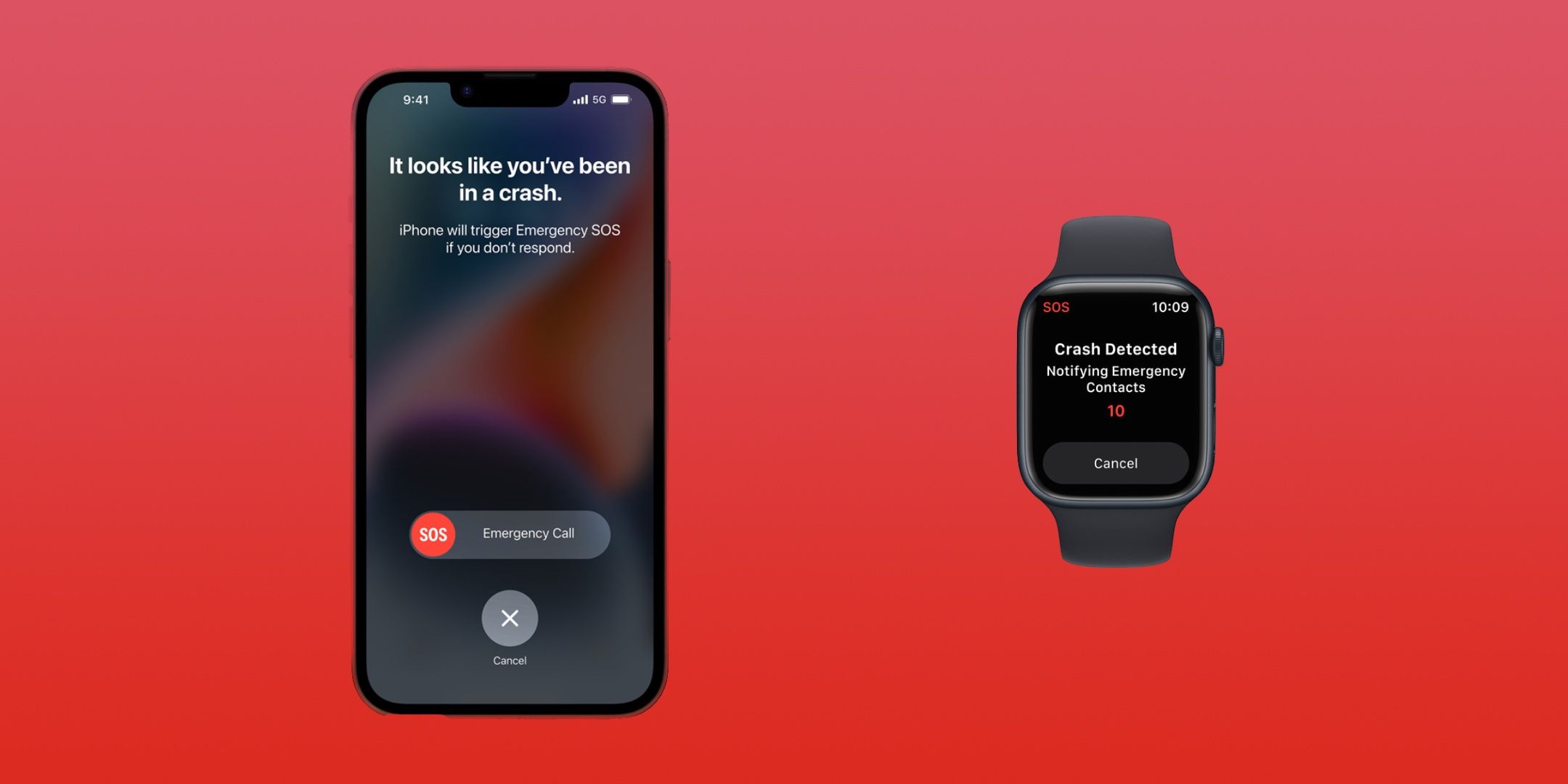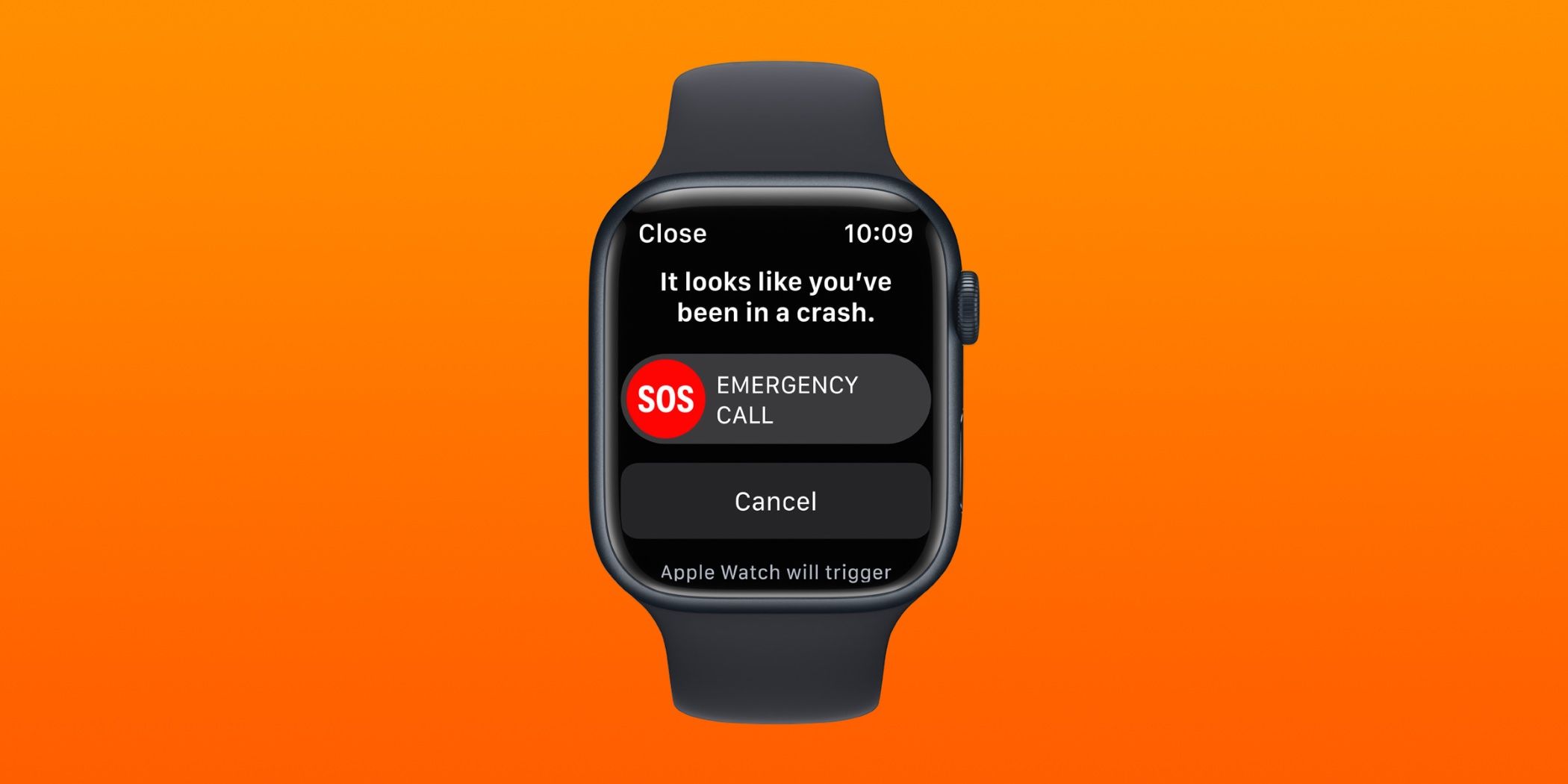Apple introduced Crash Detection, a new health and safety feature that uses sensors and microphones to identify accidents, alongside iPhone and Apple Watch upgrades. The additions came at the company's 'Far Out' event, which was centered around the iPhone 14 and the Apple Watch lineup. As was expected in the weeks leading up to the annual keynote, Apple previewed the Apple Watch Ultra, a fitness smartwatch targeted at extreme athletes. But many of the features discussed at the event are not limited to the highest-end Apple Watch. Some key features are coming to smartwatches as part of the upcoming watchOS 9 update and ship with the Apple Watch Series 8 and Apple Watch SE.
From the beginning, the Apple Watch has always been a smartwatch characterized by its fitness, health and safety features. It's a device fit for kids, adults and the elderly — with health tools beneficial to people of all ages. The first Apple Watch started with a heart rate sensor and constantly took heart rate readings. Then came a more advanced optical sensor capable of recording electrocardiograms and detecting signs of atrial fibrillation. A blood-oxygen sensor followed, and now the Apple Watch Series 8 and Ultra include a body temperature sensor. These are all daily health tools, but Crash Detection is a feature that users hope they'll never need, but it's there in case of an emergency.
To make Crash Detection possible, Apple created an algorithm that intakes data from both old and new input methods on the Apple Watch. It tested crashes at professional labs and studied the standard data points found in car accidents. Apple simulated various types of accidents, including head-on, rear-end, side-impact and rollovers, to develop the algorithm that powers Crash Detection. An all-new collection of motion sensors, notably a better gyroscope and accelerometer, monitor data when the Apple Watch is worn in a vehicle in motion. This data is complemented by GPS data that detects speed changes and microphones that look for sounds commonly heard in severe crashes.
iPhone & Apple Watch Work Together To Detect Crashes
The iPhone also supports Apple's new Crash Detection feature, with input methods better suited for the smartphone's larger form factor. With more room inside each iPhone, there is space for a more impressive gyroscope and dual-core accelerometer. The motion sensors can detect G-force measurements, which record acceleration and deceleration, at speeds up to 256Gs. Other sensors, like the gyroscope and barometer, can detect the phone's position and measure changes in a car's cabin air pressure. All these factors combined can give the iPhone an idea of whether a severe crash occurred.
These two implementations of Crash Detection do not work in isolation. Instead, they work together and take the best action based on the strengths and weaknesses of each device. For example, an Apple Watch will notify the user when it detects a crash on the device since it is likely to be closest to the driver or passenger. The person will then have ten seconds to cancel the Emergency SOS call. But when a call is initiated, it originates from the iPhone since it is more likely to have a better cellular connection. Crash Detection on iPhone and Apple Watch is a feature that might provide additional peace of mind when driving or traveling.


